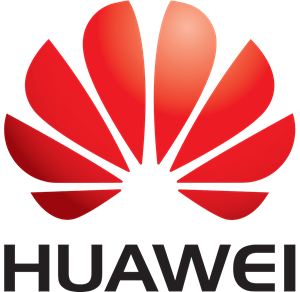4 mins read
Huawei Delivers Public Cloud Promise to Build One of its Predicted Five Major World Clouds at Huawei Connect 2017

December 24, 2024
Copyright 2023, IT Voice Media Pvt. Ltd.
All Rights Reserved

 HUAWEI CONNECT 2017 opened today at the Shanghai New International Expo Centre. More than 20,000 ICT industry leaders and experts gathered from over 150 countries and regions to jointly explore the direction of advancements in digital technology, share new opportunities, drive industry digitization, and embark on a path to new growth. At the event, Huawei also shared its vision to build one of the five major world clouds it predicts will be created in the future.
HUAWEI CONNECT 2017 opened today at the Shanghai New International Expo Centre. More than 20,000 ICT industry leaders and experts gathered from over 150 countries and regions to jointly explore the direction of advancements in digital technology, share new opportunities, drive industry digitization, and embark on a path to new growth. At the event, Huawei also shared its vision to build one of the five major world clouds it predicts will be created in the future.